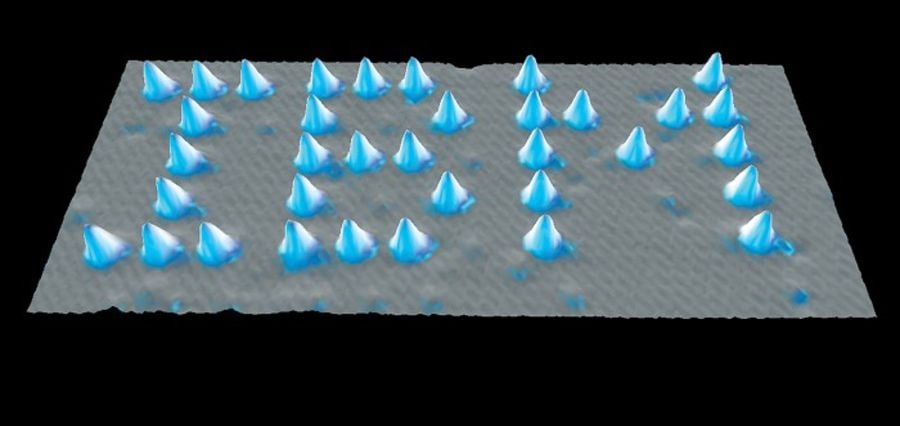
Researchers produce molecules between two microscopically small, movable gold tips.
This study was conducted by researchers at the University of Basel and the University of Oviedo. They synthesized chain-shaped molecules between two microscopically small gold tips and each molecule was created individually. During synthesis of the molecules, the properties of the resulting molecule can be monitored and documented.
A technique called as mechanically controllable break junction (MCBJ) was used by the researchers for the experiments. A gold bridge that is few nanometers thin is slowly stretched in a reagent solution until it breaks. Individual molecules then attach themselves to the fracture tips of the nano-bridge and undergo chemical reactions. Furthermore, the gold tips was dipped in a solution of 1,4-diisocyanobenzene (DICB), a molecule with strong electrical dipoles at both ends. Therefore, on tearing of the bridge, a DICB molecule detaches each gold atom from the contact, thereby building a molecular chain. Each DICB molecule is followed by a gold atom, which is further followed by another DICB molecule.
To better understand the process, researchers repeatedly opened and closed the gold bridge. In 99 out of 100 trials, identical molecular chains of gold and DICB were formed. Using this method, researchers can produce electrically conductive molecules as unique specimens and characterize them using a variety of methods. Also, it helps to change the electrical properties of individual molecules directly and to adjust them with atomic precision.






